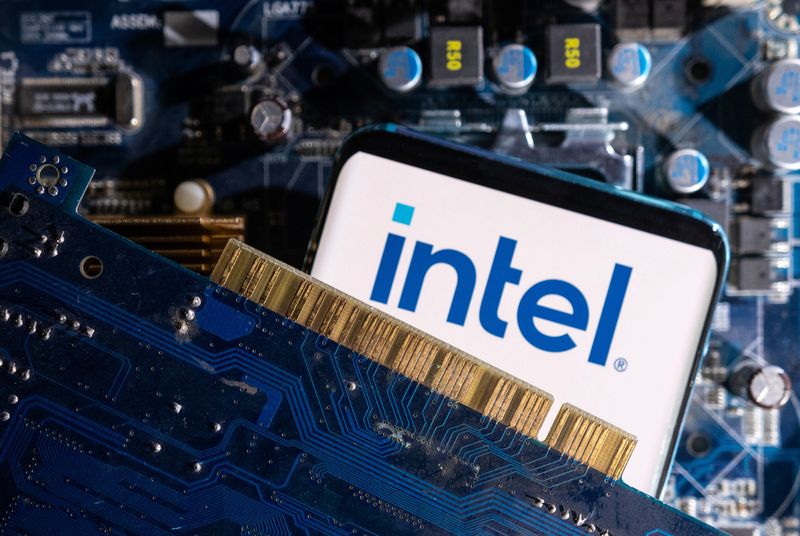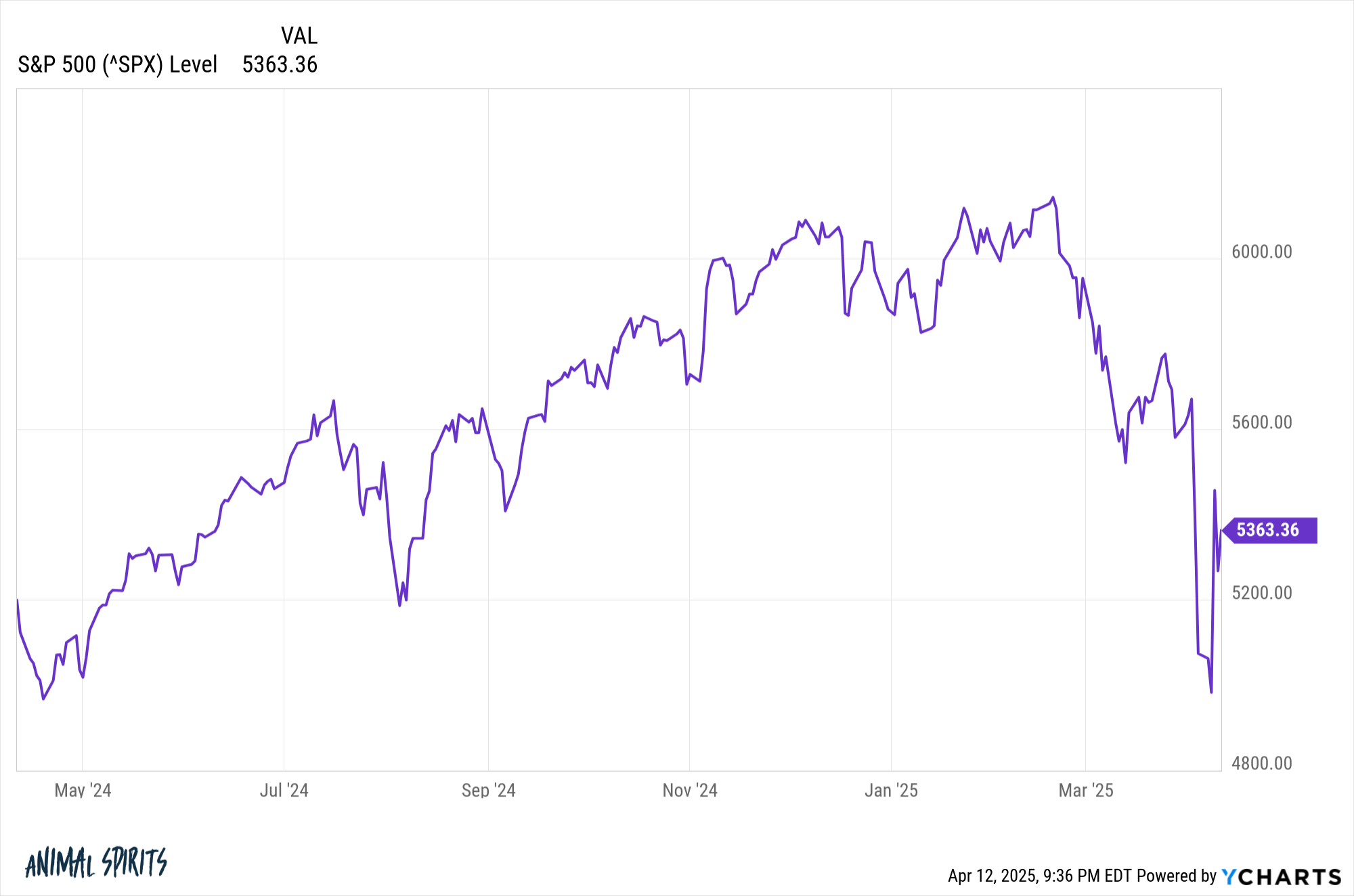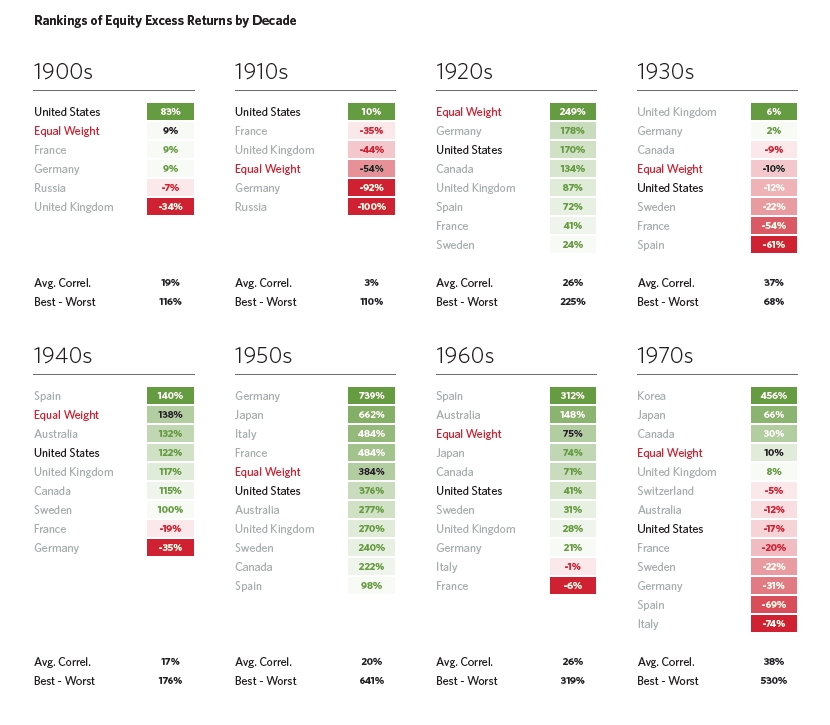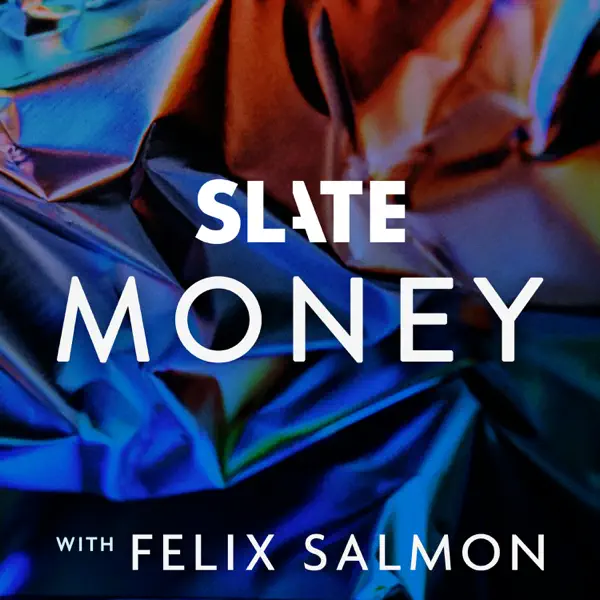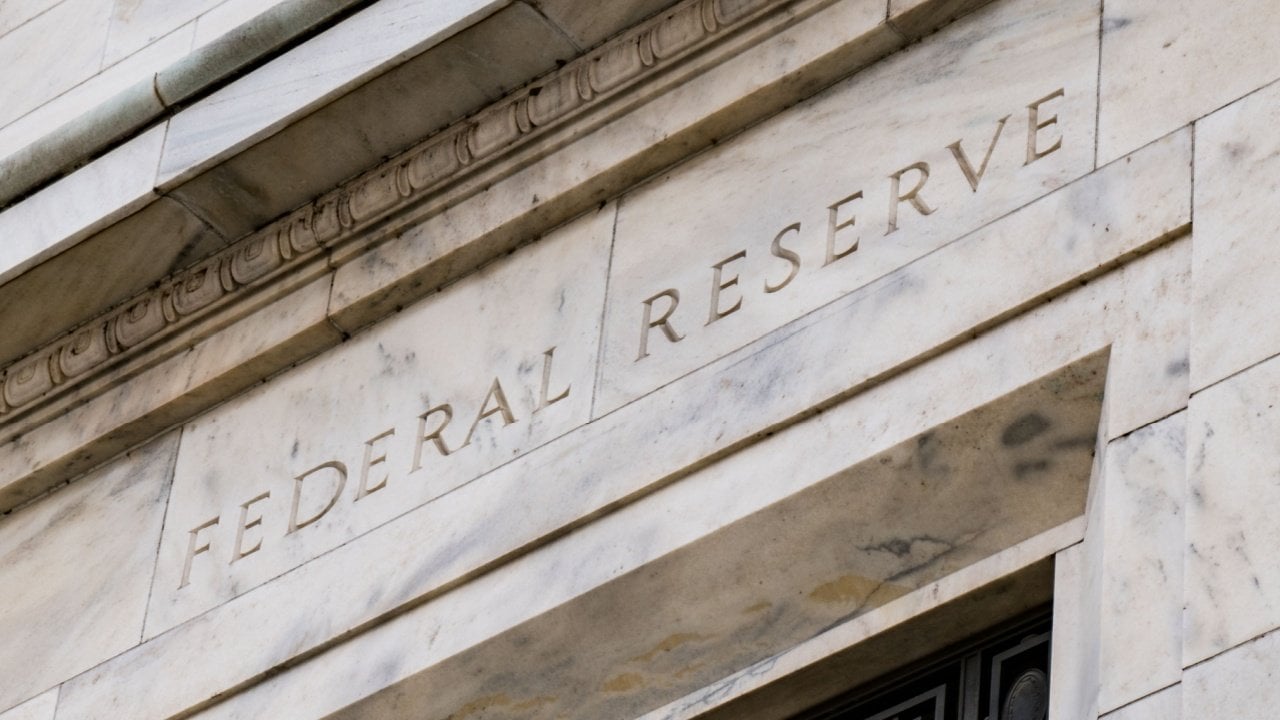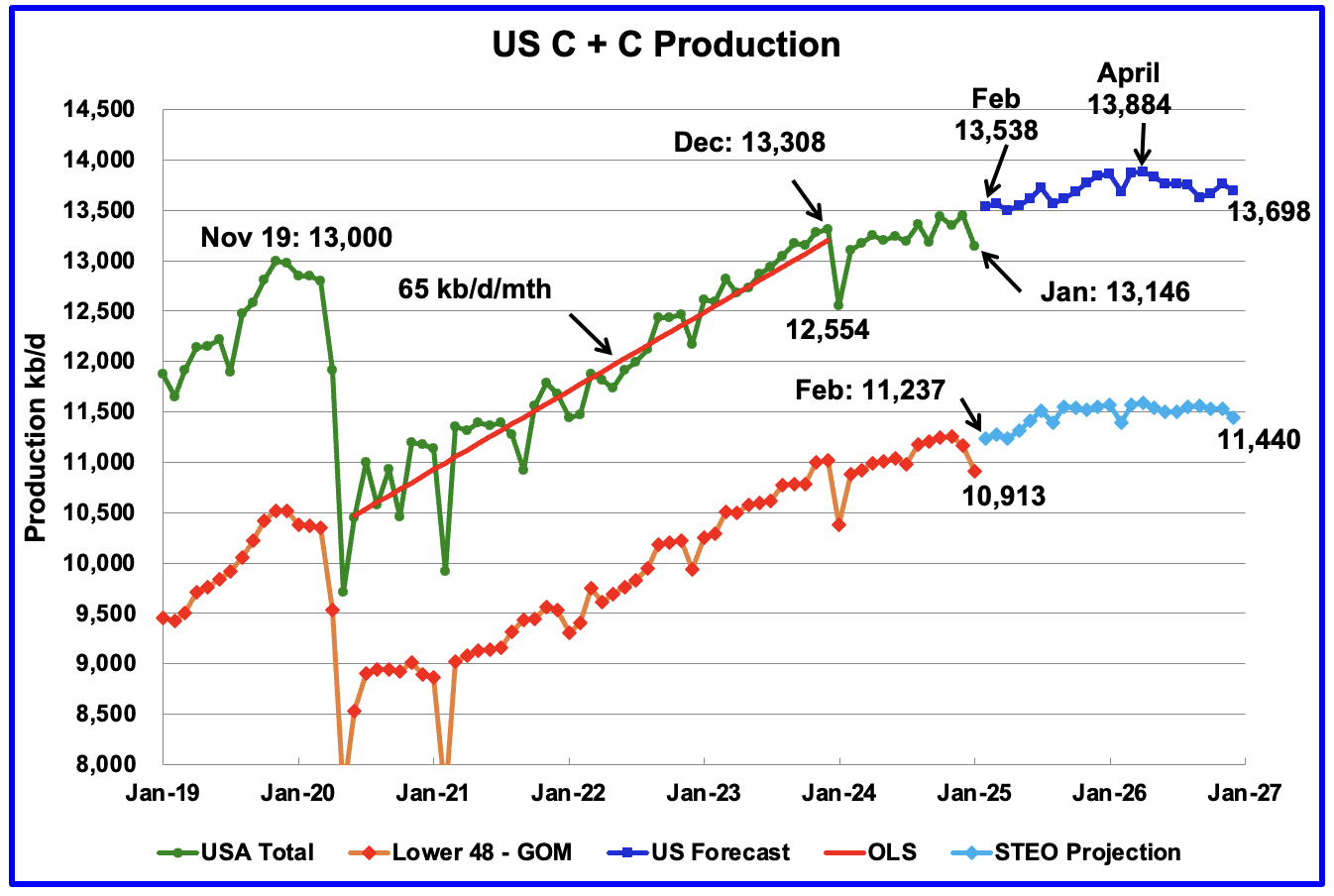The 3 Biggest Risks to the iShares U.S. Preferred Stock (PFF) ETF’s 6% Yield
It can be gratifying to see cash dividend distributions show up in your investment account. Thus, in the quest for hefty dividends, you may be tempted to load up on a high-yielding exchange traded fund (ETF) such as the iShares Trust iShares Preferred and Income Securities ETF (NASDAQ:PFF). Besides, the PFF ETF offers exposure to […] The post The 3 Biggest Risks to the iShares U.S. Preferred Stock (PFF) ETF’s 6% Yield appeared first on 24/7 Wall St..

Key Points
-
The iShares U.S. Preferred Stock ETF may appeal to yield chasers, but it’s not an ideally diversified fund.
-
During times of economic uncertainty, the PFF ETF may be susceptible to dividend reductions or even suspensions.
-
Are you ahead, or behind on retirement? SmartAsset’s free tool can match you with a financial advisor in minutes to help you answer that today. Each advisor has been carefully vetted, and must act in your best interests. Don’t waste another minute; get started by clicking here here.(Sponsor)
It can be gratifying to see cash dividend distributions show up in your investment account. Thus, in the quest for hefty dividends, you may be tempted to load up on a high-yielding exchange traded fund (ETF) such as the iShares Trust iShares Preferred and Income Securities ETF (NASDAQ:PFF).
Besides, the PFF ETF offers exposure to preferred stock shares, which might sound intriguing. Yet, it’s crucial to “learn before you earn,” as they say.
In other words, be sure to conduct your due diligence on PFF before deciding whether to take a share position. As we’ll discover now, there are several risks with this yield-bearing fund that may dissuade you from buying any shares at all.
The Dark Side of Preferred Stocks
Make no mistake about it: the primary selling point of the PFF ETF is its eye-popping 6.2% forward annualized dividend yield. You won’t often find such a high yield in individual large-cap stocks, not to mention in the world of ETFs.
Consequently, you might assume that a preferred stock ETF such as PFF would be the secret to stable income. The PFF ETF, iShares explains, focuses on “U.S. preferred stocks, which have characteristics of bonds (pay a fixed dividend) and stocks (represent ownership in a company).”
So, what could possibly go wrong? After all, preferred stocks “precede common stock in a company’s capital structure” and “may offer higher income than other asset classes,” right?
Sure, but this doesn’t mean the dividends of preferred stocks are 100% safe. What you might not know is that preferred stock is generally ranked lower than corporate bonds in a company’s capital structure. As a result, dividends are more likely to be cut from a company’s preferred stock than from the same company’s corporate bonds.
Now, we’re starting to discover the dark side of preferred stocks. Elite Capital Management Group founder Matthew Butler even goes so far as to warn, “Most companies with solid credit ratings don’t issue preferred stocks” because these stocks “are generally too expensive a form of capital for strong credits.”
Moreover, Butler continues, “A company might issue preferred shares if they are having trouble accessing other capital-raising options.” This isn’t confidence-inspiring if a prospective investor is considering whether a preferred dividend issuing company is on solid financial ground.
So, the first red flag for the PFF ETF is the simple fact that it’s a fund filled with preferred dividend stocks. In a company’s capital structure, preferred shares are typically a lower priority than corporate bonds; furthermore, businesses that issue preferred stocks may be desperate to raise capital by any means necessary.
Economic Uncertainty Raises Issues
Another concern is whether the component businesses represented in the PFF ETF will hold up well during these tumultuous times. In case you didn’t get the memo, the buzzword of 2025 so far is “uncertainty,” especially since the near-term outcomes of the ongoing trade war are certainly uncertain.
PFF is down by around 10% over the past 12 months. In contrast, the S&P 500 is only down by 3% to 4%. Granted, the PFF ETF would have made up for the share-price underperformance, more or less, with its sizable dividend payments.
Interest Rate Worries
In case these considerations aren’t enough to worry about, we’ll also have to think about the impact of interest rate changes on the PFF ETF. This is particularly important for PFF, since its top holdings are mostly financial firms.
I’m not suggesting that the PFF ETF isn’t diversified at all, but it’s eye-opening that seven of the fund’s top 10 holdings are stocks representing financial institutions. This may be problematic since banks like Wells Fargo (NYSE:WFC), Citigroup (NYSE:C), and Bank of America (NYSE:BAC) are highly susceptible to changes in interest rates.
Treasury bond yields have soared recently, and high interest rates are a mixed blessing, at best, for big banks. High rates allow financial institutions to collect more revenue from loans, yes, but they also dissuade potential borrowers from taking on loans in the first place.
This is a big risk that could get even bigger if interest rates continue to rise. It’s a risk that ties into economic uncertainty and the tendency of preferred dividend issuers to de-prioritize stockholders versus bondholders — a dark triad of considerations that may convince you to steer clear of the PFF ETF.
The post The 3 Biggest Risks to the iShares U.S. Preferred Stock (PFF) ETF’s 6% Yield appeared first on 24/7 Wall St..

































